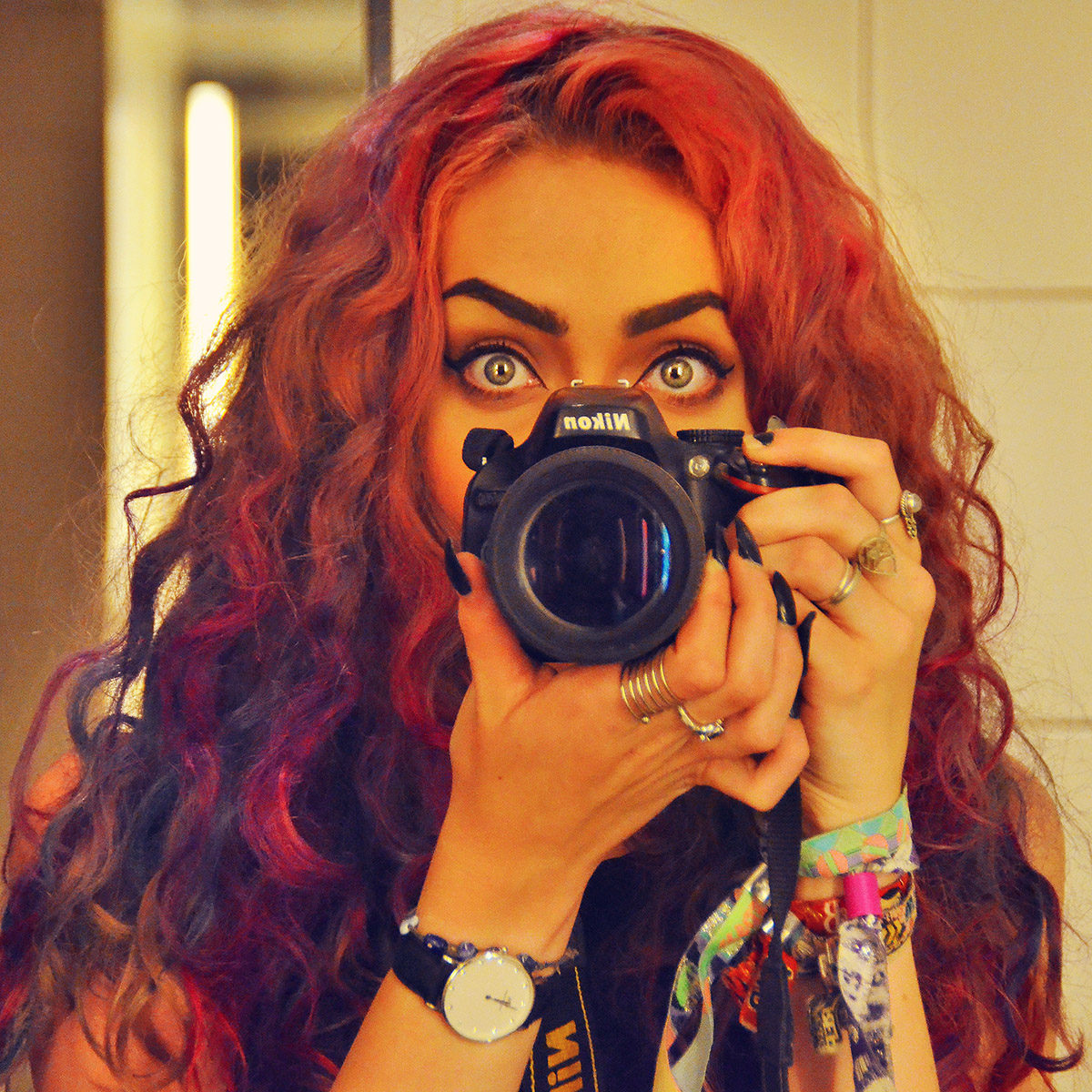Mary Jane Fashion introduces us to some of the main power players in the industry.
Photography is such an overlooked industry as it’s everywhere we look, but today it’s time to get behind the scenes and find out about some female photographers going #GirlBoss and storming the world with their photos.
The fashion photography industry is fairly dominated by men, with photographers like Patrick Demarchelier, Mario Testino and Juergen Teller commanding some of the biggest campaigns and magazine spreads in the world. There are, however, some prolific female photographers who have produced and continue to produce amazing work, including iconic covers, commercial shots and
editorial features. Here are just three of the photographers whose work we have fallen in love with
and have succeeded in capturing some truly amazing images in thoughtful and inspiring ways.
ANNIE LIEBOVITZ
Perhaps one of the most famous and well-respected photographers in the world, Annie Liebovitz has
a career that has spanned over 40 years, with tenures at big cultural establishments like Rolling
Stone, Vanity Fair and Vogue. Liebovitz has taken portrait photographs of some of the world’s biggest stars and influential figures, including a heavily pregnant Demi Moore, Caitlyn Jenner’s ‘Call me Caitlyn’ cover, John Lennon and Yoko Ono, Cate Blanchett, Angelina Jolie, Leonardo DiCaprio and Nelson Mandela amongst others.

Outside of editorial work, she has photographed the album artwork for singers like Cyndi Lauper and Bruce Springsteen. Famously, she was commissioned to photograph Disney’s dream series in 2007, featuring celebrities like Scarlett Johansson, David Beckham, Queen Latifah and Julianne Moore as famous Disney characters. Her images are heavily visible in our everyday lives, conveying something of the magical and the mysterious about ordinary people, even her in her most pared back black and white portrait series. This is perhaps why her work has endured and has been sought after: she is a reliable story teller with the lens and her photographs have the potential to shoot people to super stardom.
CASS BIRD
Born in 1974 and a native of New York, Cass Bird has managed to cultivate a talent for effortless, fun photography. Her subjects for magazines and editorial features have ranged from established stars like Jay Z and Pharrell Williams to up-and-coming talents like Adam Driver.

Her photographs always seem spontaneous and spur of the moment, capturing subjects like Ellen Page, Selma Hayek, Claire Danes and Carey Mulligan in a fraction of time when they look and feel completely free of inhibitions. Many of her models, for examples in campaigns for Armani Exchange, Zara and Tory Burch are mid-action; eating, jumping, swinging their legs, making tongue-in-cheek shapes with their bodies and oftentimes smiling, laughing and glancing around.
Where a lot of fashion photography revolves around the serious and the sultry, Bird’s portfolio conveys something slightly more light-hearted, but that remains completely engaging. She has a knack for deconstructing the images of famous people who we might assume are some of the most polished and reserved people, giving us new insights into their personalities.
COLLIER SCHORR
Starting off as an artist, Collier Schorr went on to opt for gigs at leftfield magazines like i-D and Dazed and Confused, and for avant-garde design houses like Comme des Garçons (styles of which you can shop at Mary Jane Fashion.
What has set Schorr apart from many mainstream fashion photographers is that she is not afraid of capturing her subjects in purposefully challenging and unsettling ways. Over her career, Schorr has taken portraits of androgynous youths, featuring models like Saskia de Brauw and Andrej Pejic to challenge the way in which we think about gender and sexuality.
She has used nudity prolifically, but her photographs never prescribe to any culturally predominant male gaze: neither her men nor women are what we might think of as classically sexy, in a pin-up respect, and, as a result, her photographs don’t remove the subject from their own bodies. Instead, she looks to our whole bodies to tell stories about our experiences, using nudity to convey the complex balance between emancipation and exposure.
What do you think of these empowering women?






